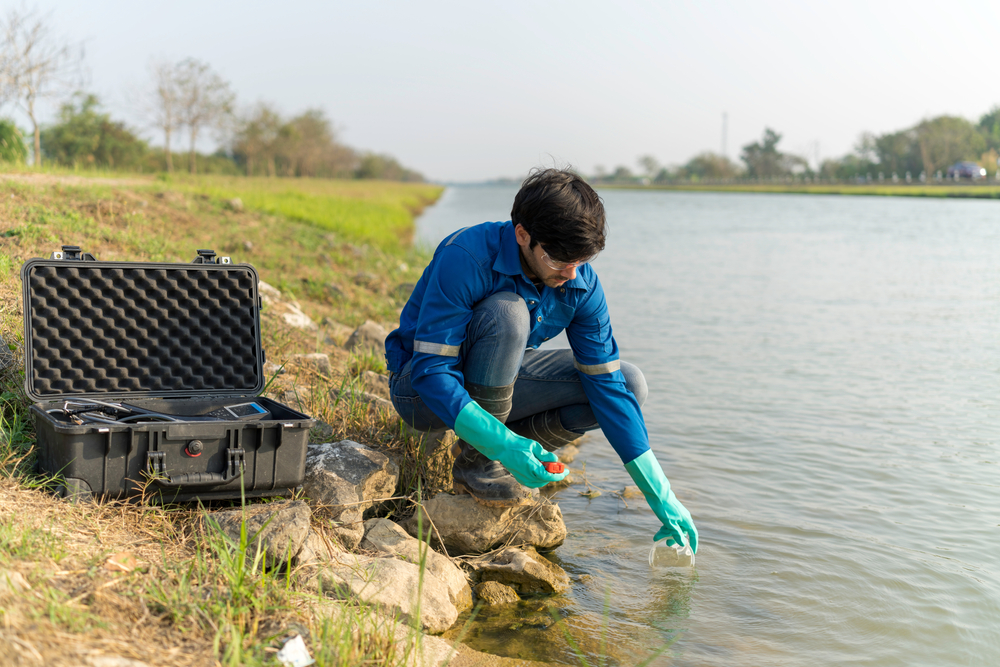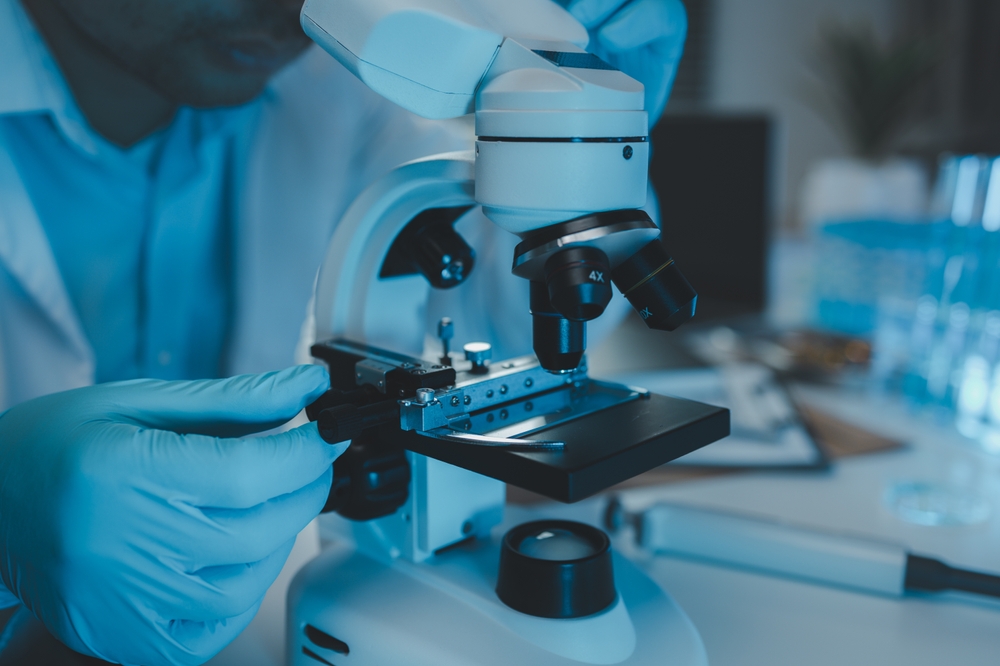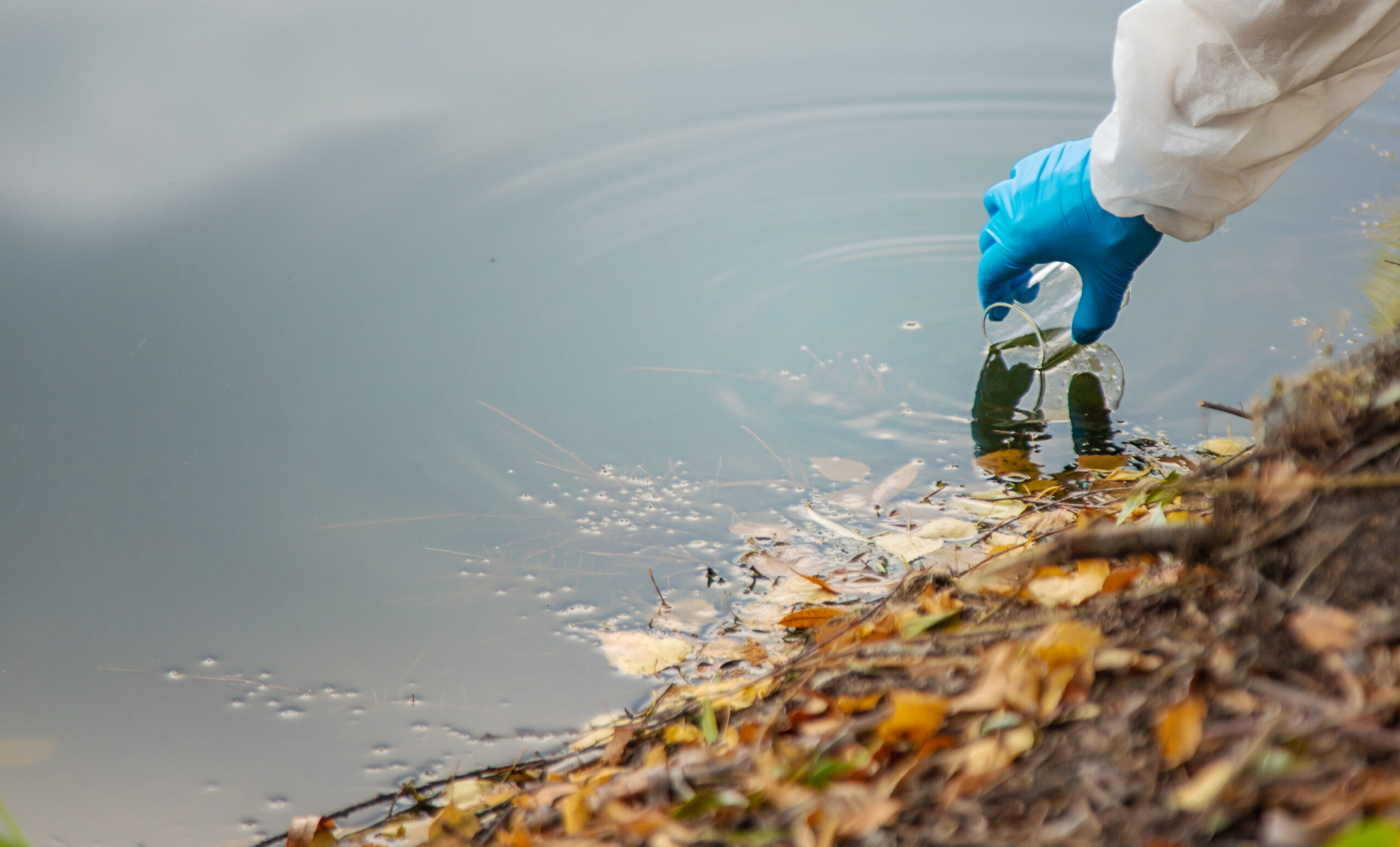
The Benefits of using Portable Devices for Sampling and Testing Contaminated Waters
The NOC, as part of the AquaBioSens consortium, has shown the potential for our ‘Flexible Fluidics’ platform technology to enable end-users to collect and process water samples for interrogation using state-of-the-art eRNA analysis tools using simple, handheld and battery-powered devices.
The objective of our task within Work Package 1 (devices development) was to design a fieldable, handheld system (devices and single-use consumables) to enable a minimally trained end-user to collect and process a water sample, ready for the amplification and detection of RNA sequences. Our idea was to re-think the conventional microbiological filter, adapting a very thin (~200-micron) laminate-based design for in-field cell pre-concentration and on-filter-membrane thermal-chemical lysis. This will be used to collect and break-open aquatic microorganisms, with the resulting ‘lysate’ passing to a second thin-film laminate containing a nucleic acid binding substrate, on which RNA sequences can be captured and purified.
Re-thinking the conventional microbiological filter
Our Flexible Fluidics technology (UK Patent Application 2417824.6) was purposed to achieve a new design of microbiological filter that circumvents most of the limitations with conventional designs including rigid, bulky housings with the filter membrane buried within the polycarbonate plastic shell. Our thin-walled, pliable filter design means that cells collected on the membrane can be interfaced almost directly with a heat and agitation source, minimising the amount of energy required to maintain high temperatures and disruption to induce cell lysis. Another advantage is the ability to inflate/deflate the filter chambers, enabling control over the volume of lysis solution exposed to the membrane, as well as the ability to recover all the solution more effectively without the need to ‘chase’ the fluid out with air.
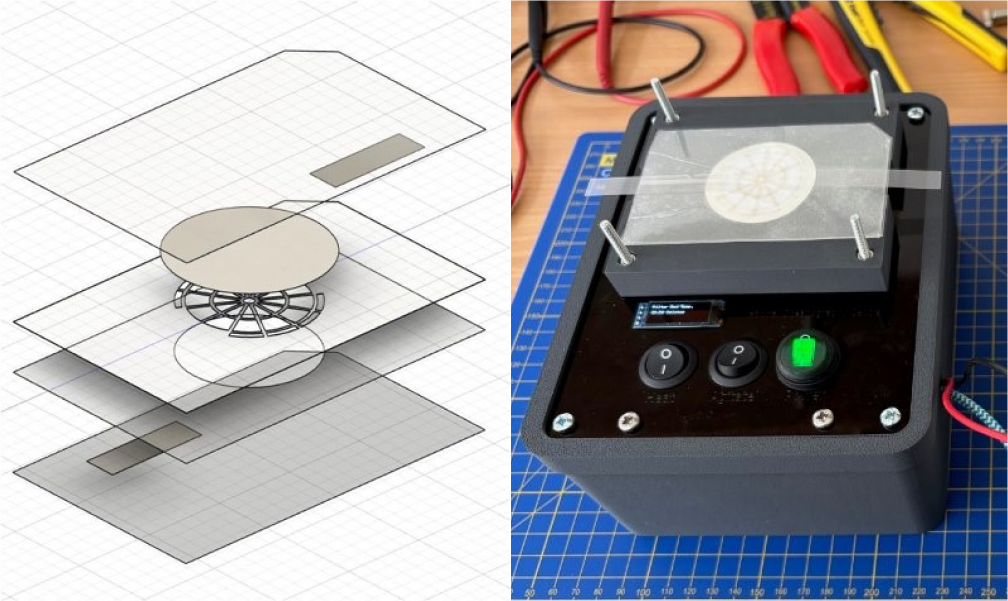
RNA capture, purification and concentration
Conventionally, nucleic acids can be captured from a concentrated cell lysate onto a silica membrane, washed and recovered in a process known as solid phase extraction (SPE). This is usually done using small plastic consumables known as ‘spin-columns’ because the fluid actuations are done using centrifugal force. Their use creates additional plastic waste, requires a degree of manual dexterity and skill, and they have a typically ‘open’ design, which can lead to cross-contamination or leakage of chemicals. We have adapted NOC’s Flexible Fluidics technology to create enclosed, single use RNA purification modules based on thin-film laminates containing glass fibre membranes. These will streamline the SPE process, making it easier for minimally trained users to operate in the field. Our technology is still at the bench-top prototyping stage, with a view to consolidate the consumables with a portable, battery-powered device for field trials in Work Package 6, in 2026.
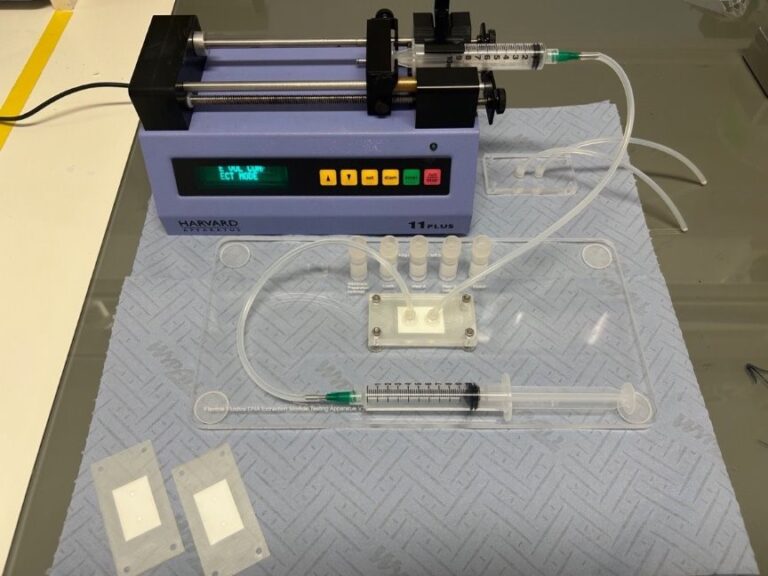
Author: Jon McQuillan
Keywords
Environmental sensors, Nucleic acids, RNA, DNA, Solid Phase Extraction, Amplification, Microbiology, Lab on a Chip, Flexible Fluidics.



